Nobel Prizes are normally given for discoveries rather than inventions. A discovery has been described as an abstract theory, which may further lead to an invention. Inventions are a process, more concrete and have a utilitarian purpose. This list looks at some of the fantastic discoveries that have been made by scientists and thinkers over several decades of hard work.
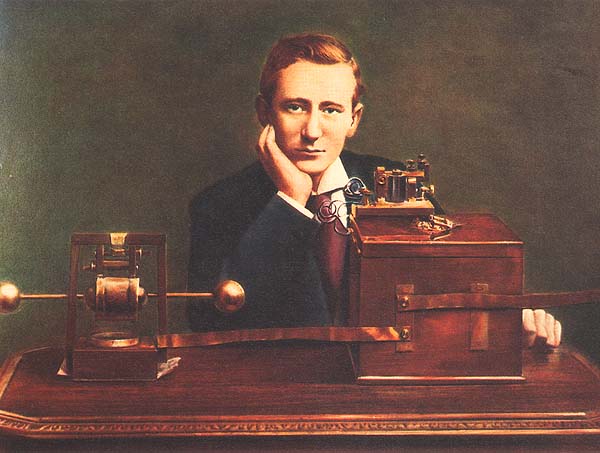 Albert Einstein – He won the Physics Nobel Prize in 1921 for his “discovery of the law of photoelectrical effect”. The actual discovery may not have touched our lives but without it many of the modern day electronics would not have come into existence.
Albert Einstein – He won the Physics Nobel Prize in 1921 for his “discovery of the law of photoelectrical effect”. The actual discovery may not have touched our lives but without it many of the modern day electronics would not have come into existence.
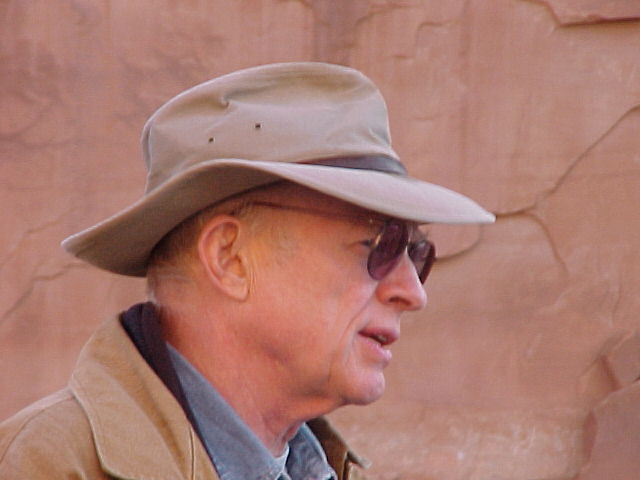 3. Luis Walter Alvarez – He won the Nobel Prize in Physics in 1968, and had over 50 patents in his name. His most famous and useful invention was the radio distance and direction indicator. His invention of the hydrogen bubble chamber was used to detect subatomic particles and this further led to a major change in nuclear theories.
3. Luis Walter Alvarez – He won the Nobel Prize in Physics in 1968, and had over 50 patents in his name. His most famous and useful invention was the radio distance and direction indicator. His invention of the hydrogen bubble chamber was used to detect subatomic particles and this further led to a major change in nuclear theories.
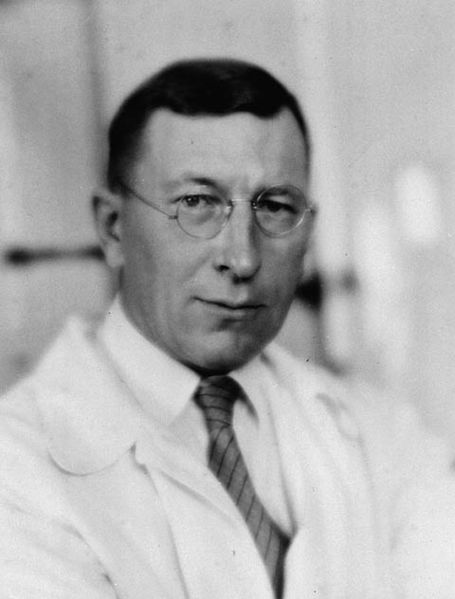 4. Frederick Banting - A 1923 Nobel Prize winner in medicine, he discovered insulin and the role that it played in treating diabetes. With his colleagues, he then invented means of extracting and isolating insulin, and administering it to diabetes patients.
4. Frederick Banting - A 1923 Nobel Prize winner in medicine, he discovered insulin and the role that it played in treating diabetes. With his colleagues, he then invented means of extracting and isolating insulin, and administering it to diabetes patients.
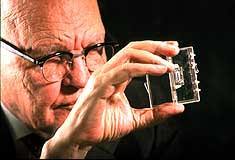 5. Jack S. Kilby - A scientist who won the Physics Nobel Prize in 2000, Kilby is best known as the inventor of the handheld calculator and the thermal printer. His monolithic integrated circuit is one of the most widely used applications in electronic circuitry.
5. Jack S. Kilby - A scientist who won the Physics Nobel Prize in 2000, Kilby is best known as the inventor of the handheld calculator and the thermal printer. His monolithic integrated circuit is one of the most widely used applications in electronic circuitry.
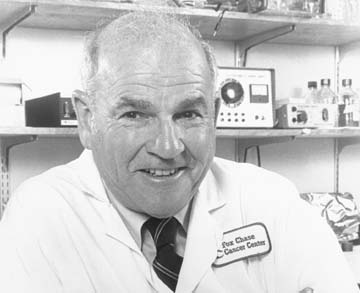 6. Baruch S Blumberg – In 1963 Blumberg discovered an antigen to detect the presence of Hepatitis B in blood samples. His invention of the test to isolate this virus, is used extensively even today, and it has led to a significant decrease in Hepatitis B infections after blood transfusions. He also jointly developed a vaccine against this virus.
6. Baruch S Blumberg – In 1963 Blumberg discovered an antigen to detect the presence of Hepatitis B in blood samples. His invention of the test to isolate this virus, is used extensively even today, and it has led to a significant decrease in Hepatitis B infections after blood transfusions. He also jointly developed a vaccine against this virus.
 7. Arthur Schawlow – Along with Charles Townes he was the co-inventor of the Laser. Today various fields such as defence and communication and medicine rely upon Laser techniques to make their jobs easier. They received a patent for the laser in 1960 and within a few years it was being commonly used by eye-surgeons for minute, precise surgery.
7. Arthur Schawlow – Along with Charles Townes he was the co-inventor of the Laser. Today various fields such as defence and communication and medicine rely upon Laser techniques to make their jobs easier. They received a patent for the laser in 1960 and within a few years it was being commonly used by eye-surgeons for minute, precise surgery.
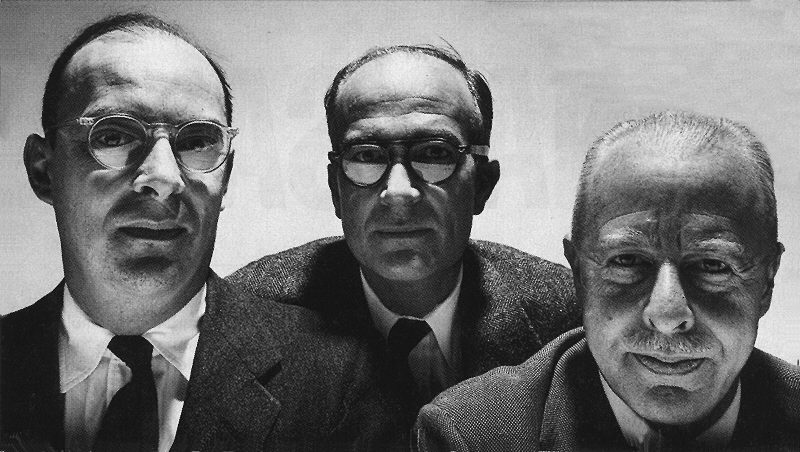 8. John Bardeen & William B Shockley & Walter Brattain – These three shared the Nobel Prize in Physics in 1956 for inventing the transistor – a device that could amplify electrical current. Bardeen won the Nobel Prize a second time 1972 for his work on superconductivity. Modern computer technology electronics and microchip owe a lot to these three scientists.
8. John Bardeen & William B Shockley & Walter Brattain – These three shared the Nobel Prize in Physics in 1956 for inventing the transistor – a device that could amplify electrical current. Bardeen won the Nobel Prize a second time 1972 for his work on superconductivity. Modern computer technology electronics and microchip owe a lot to these three scientists.
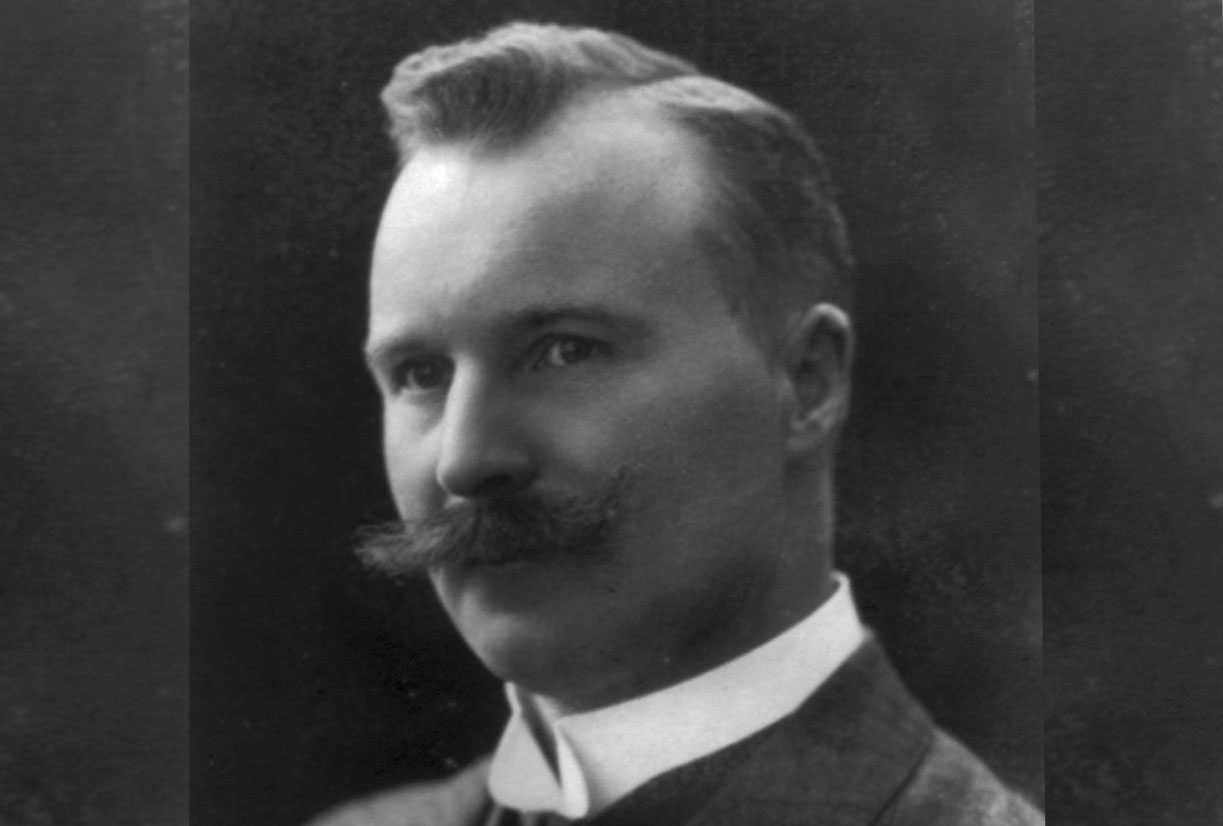 9. Nils Gustaf Dalen – He was awarded the Nobel Prize for his “invention of automatic regulators for use in conjunction with gas accumulators for illuminating lighthouses and bouys.” He was also the inventor of the AGA cooker and of the Dalen Light.
9. Nils Gustaf Dalen – He was awarded the Nobel Prize for his “invention of automatic regulators for use in conjunction with gas accumulators for illuminating lighthouses and bouys.” He was also the inventor of the AGA cooker and of the Dalen Light.
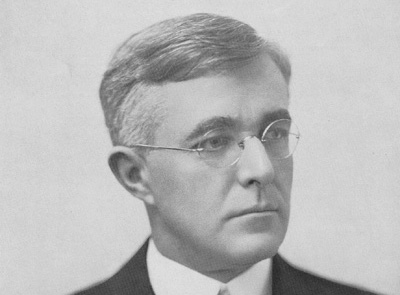 10. Irving Langmuir – An American physicist and chemist, Irving Langmuir is renowned for inventing the gas filled incandescent lamp and for the high-vacuum electron tube. The incandescent lamps are now being phased out, but for many years they were used for households and commercial areas and for cars and advertising sites.
10. Irving Langmuir – An American physicist and chemist, Irving Langmuir is renowned for inventing the gas filled incandescent lamp and for the high-vacuum electron tube. The incandescent lamps are now being phased out, but for many years they were used for households and commercial areas and for cars and advertising sites.
 Albert Einstein – He won the Physics Nobel Prize in 1921 for his “discovery of the law of photoelectrical effect”. The actual discovery may not have touched our lives but without it many of the modern day electronics would not have come into existence.
Albert Einstein – He won the Physics Nobel Prize in 1921 for his “discovery of the law of photoelectrical effect”. The actual discovery may not have touched our lives but without it many of the modern day electronics would not have come into existence. 3. Luis Walter Alvarez – He won the Nobel Prize in Physics in 1968, and had over 50 patents in his name. His most famous and useful invention was the radio distance and direction indicator. His invention of the hydrogen bubble chamber was used to detect subatomic particles and this further led to a major change in nuclear theories.
3. Luis Walter Alvarez – He won the Nobel Prize in Physics in 1968, and had over 50 patents in his name. His most famous and useful invention was the radio distance and direction indicator. His invention of the hydrogen bubble chamber was used to detect subatomic particles and this further led to a major change in nuclear theories. 4. Frederick Banting - A 1923 Nobel Prize winner in medicine, he discovered insulin and the role that it played in treating diabetes. With his colleagues, he then invented means of extracting and isolating insulin, and administering it to diabetes patients.
4. Frederick Banting - A 1923 Nobel Prize winner in medicine, he discovered insulin and the role that it played in treating diabetes. With his colleagues, he then invented means of extracting and isolating insulin, and administering it to diabetes patients. 5. Jack S. Kilby - A scientist who won the Physics Nobel Prize in 2000, Kilby is best known as the inventor of the handheld calculator and the thermal printer. His monolithic integrated circuit is one of the most widely used applications in electronic circuitry.
5. Jack S. Kilby - A scientist who won the Physics Nobel Prize in 2000, Kilby is best known as the inventor of the handheld calculator and the thermal printer. His monolithic integrated circuit is one of the most widely used applications in electronic circuitry. 6. Baruch S Blumberg – In 1963 Blumberg discovered an antigen to detect the presence of Hepatitis B in blood samples. His invention of the test to isolate this virus, is used extensively even today, and it has led to a significant decrease in Hepatitis B infections after blood transfusions. He also jointly developed a vaccine against this virus.
6. Baruch S Blumberg – In 1963 Blumberg discovered an antigen to detect the presence of Hepatitis B in blood samples. His invention of the test to isolate this virus, is used extensively even today, and it has led to a significant decrease in Hepatitis B infections after blood transfusions. He also jointly developed a vaccine against this virus. 7. Arthur Schawlow – Along with Charles Townes he was the co-inventor of the Laser. Today various fields such as defence and communication and medicine rely upon Laser techniques to make their jobs easier. They received a patent for the laser in 1960 and within a few years it was being commonly used by eye-surgeons for minute, precise surgery.
7. Arthur Schawlow – Along with Charles Townes he was the co-inventor of the Laser. Today various fields such as defence and communication and medicine rely upon Laser techniques to make their jobs easier. They received a patent for the laser in 1960 and within a few years it was being commonly used by eye-surgeons for minute, precise surgery. 8. John Bardeen & William B Shockley & Walter Brattain – These three shared the Nobel Prize in Physics in 1956 for inventing the transistor – a device that could amplify electrical current. Bardeen won the Nobel Prize a second time 1972 for his work on superconductivity. Modern computer technology electronics and microchip owe a lot to these three scientists.
8. John Bardeen & William B Shockley & Walter Brattain – These three shared the Nobel Prize in Physics in 1956 for inventing the transistor – a device that could amplify electrical current. Bardeen won the Nobel Prize a second time 1972 for his work on superconductivity. Modern computer technology electronics and microchip owe a lot to these three scientists. 9. Nils Gustaf Dalen – He was awarded the Nobel Prize for his “invention of automatic regulators for use in conjunction with gas accumulators for illuminating lighthouses and bouys.” He was also the inventor of the AGA cooker and of the Dalen Light.
9. Nils Gustaf Dalen – He was awarded the Nobel Prize for his “invention of automatic regulators for use in conjunction with gas accumulators for illuminating lighthouses and bouys.” He was also the inventor of the AGA cooker and of the Dalen Light. 10. Irving Langmuir – An American physicist and chemist, Irving Langmuir is renowned for inventing the gas filled incandescent lamp and for the high-vacuum electron tube. The incandescent lamps are now being phased out, but for many years they were used for households and commercial areas and for cars and advertising sites.
10. Irving Langmuir – An American physicist and chemist, Irving Langmuir is renowned for inventing the gas filled incandescent lamp and for the high-vacuum electron tube. The incandescent lamps are now being phased out, but for many years they were used for households and commercial areas and for cars and advertising sites.




